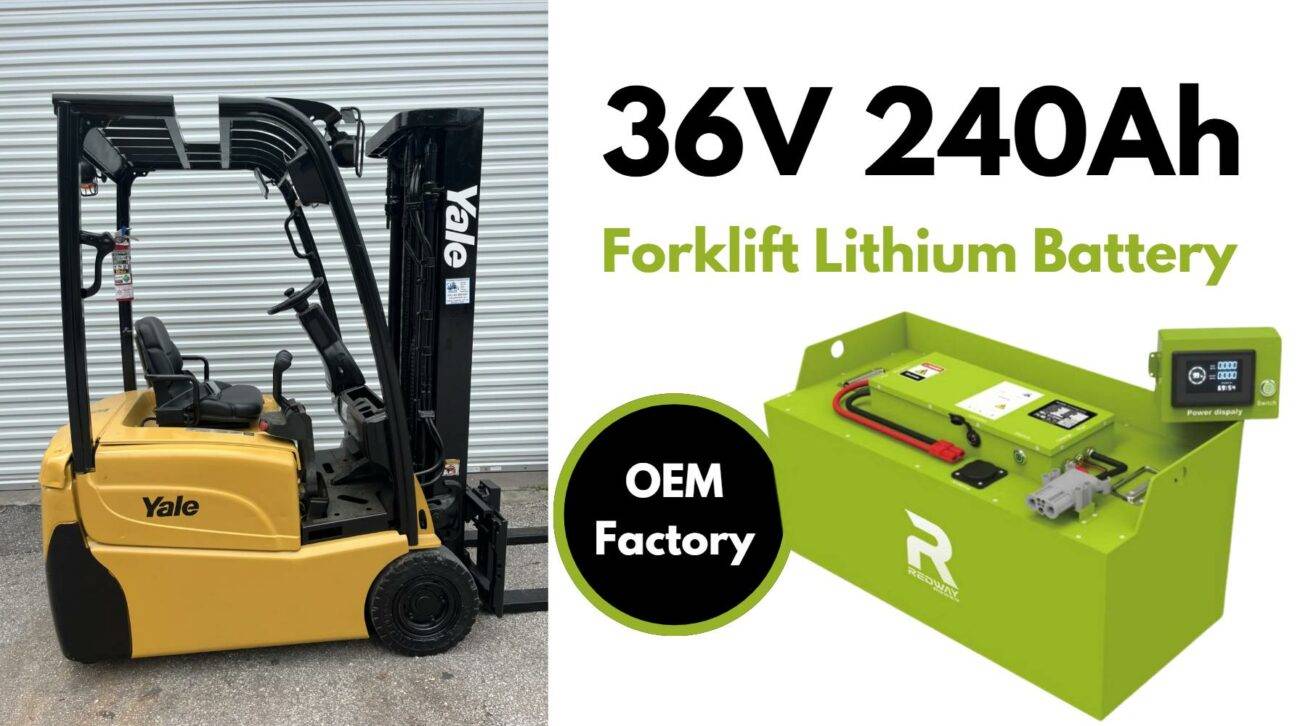
Blog
What Factors Should You Compare When Choosing a Deep Cycle RV Battery
When comparing deep cycle RV batteries, prioritize battery type (AGM, lithium, flooded), capacity (Ah), lifespan (cycles), charging efficiency, maintenance needs, cost, weight, temperature tolerance, brand reliability, and recyclability. Lithium batteries offer longevity and lightweight performance but cost more, while AGM balances affordability and maintenance-free use. Always align your choice with power demands, budget, and environmental conditions.
How Can I Maintain My EZGO Golf Cart for Optimal Performance?
How Do Battery Types Affect RV Power Needs?
AGM, lithium-ion, and flooded lead-acid batteries cater to different RV setups. Lithium batteries provide higher energy density and faster charging, ideal for high-demand systems. AGM suits moderate usage with minimal maintenance, while flooded batteries are budget-friendly but require regular upkeep. Match the battery type to your energy consumption and travel style.
Why Is Capacity Critical for RV Battery Performance?
Capacity (measured in amp-hours) determines how long your RV appliances run. Higher Ah ratings support extended off-grid use but increase weight. Calculate total power needs (lights, fridge, HVAC) to avoid under-sizing. Lithium batteries often deliver usable capacity closer to their rated Ah, unlike lead-acid options, which lose efficiency below 50% charge.
What Determines the Lifespan of a Deep Cycle RV Battery?
Lifespan depends on cycle count (charge/discharge phases), depth of discharge (DoD), and maintenance. Lithium batteries endure 3,000–5,000 cycles at 80% DoD, while AGM lasts 500–1,000 cycles at 50% DoD. Avoid deep discharges for lead-acid variants. Temperature extremes and improper charging also degrade longevity.
Lithium LiFePO4 RV Batteries FAQs
How Does Charging Efficiency Impact RV Battery Usability?
Faster charging reduces downtime between trips. Lithium batteries accept 90%+ charging current vs. 50–70% for lead-acid, recovering swiftly from solar or alternator inputs. AGM batteries charge moderately fast but risk sulfation if left partially charged. Ensure your RV’s charging system aligns with the battery’s voltage and current requirements.
Are Maintenance Requirements Different Across Battery Types?
Flooded batteries need monthly water refills and terminal cleaning. AGM and lithium are sealed, requiring no fluid checks. All types benefit from periodic voltage monitoring. Lithium batteries have built-in battery management systems (BMS) to prevent overcharging, while lead-acid types demand manual oversight to avoid sulfation or stratification.
Why Should Cost vs. Longevity Be a Key Consideration?
Lithium batteries cost 3x more upfront than AGM but last 5–10x longer, reducing long-term expenses. Flooded batteries are cheapest but require frequent replacements. Factor in cycle life and replacement intervals—lithium’s higher initial investment often pays off for full-time RVers, while occasional travelers may prefer AGM.
How Does Weight Influence RV Battery Selection?
Lithium batteries weigh 50–70% less than lead-acid equivalents, critical for fuel efficiency and payload limits. A 100Ah lithium battery weighs ~30 lbs vs. 60–70 lbs for AGM. Heavy batteries strain mounting systems and reduce cargo capacity. Prioritize lightweight options for smaller RVs or boondocking setups.
For example, a Class B RV with limited storage space benefits significantly from lithium’s compact design. A pair of 200Ah lithium batteries provides the same energy as four 100Ah AGM units while saving 100+ lbs. Weight distribution also affects tire wear and suspension integrity—critical for off-road adventures. Additionally, lithium’s lack of liquid electrolytes eliminates spill risks during steep inclines.
| Battery Type | Weight per 100Ah | Ideal Use Case |
|---|---|---|
| Lithium | 25-30 lbs | Long-term boondocking |
| AGM | 60-70 lbs | Weekend camping |
| Flooded | 70-80 lbs | Budget setups |
What Role Does Temperature Tolerance Play in Battery Choice?
Lithium batteries operate optimally in -20°C to 60°C but may require heating pads in subzero climates. AGM performs well in moderate temperatures but loses capacity below freezing. Flooded batteries risk freezing if discharged. For extreme environments, lithium with thermal management systems ensures reliability.
Why Is Brand Reputation Important for RV Batteries?
Established brands like Battle Born, Renogy, and Lifeline offer proven BMS technology, warranties (up to 10 years for lithium), and customer support. Avoid generic brands with unclear cycle life claims. Reviews and RV forums reveal real-world performance—reputable brands minimize failure risks during remote travels.
Brands with ISO certifications often adhere to stricter manufacturing standards. For instance, Battle Born batteries use Grade A lithium cells tested for 3,000+ cycles, while cheaper alternatives may repurpose automotive-grade cells. Warranty terms also matter—some companies pro-rate coverage after Year 3, while others offer full replacements. Always verify if the warranty covers capacity degradation below 70%, a common issue with aging batteries.
How Does Recyclability Affect Sustainable RVing?
Lithium batteries are 95% recyclable, with reclaimable cobalt and lithium. Lead-acid batteries have a 99% recycling rate but involve toxic lead. Choose brands with take-back programs. Sustainable disposal reduces environmental impact—critical for eco-conscious RVers aiming to minimize landfill waste.
Expert Views
“Modern RVers should prioritize lithium batteries for their cycle life and efficiency,” says a Redway Power engineer. “While AGM remains popular, lithium’s weight savings and depth of discharge flexibility redefine off-grid capabilities. Always pair them with a compatible solar setup—undersized charge controllers remain a common oversight.”
Conclusion
Selecting a deep cycle RV battery hinges on balancing type, capacity, lifespan, and cost against your travel habits. Lithium batteries dominate for heavy users, while AGM offers a middle ground. Flooded batteries suit budget-focused, short-term needs. Prioritize temperature resilience, brand trust, and recyclability to optimize performance and sustainability.
FAQs
- Can I mix different battery types in my RV?
- No—mismatched batteries (e.g., lithium and AGM) cause uneven charging and damage. Stick to one type per electrical system.
- How often should I replace my RV battery?
- Flooded: 2–4 years. AGM: 4–6 years. Lithium: 8–12 years. Replace if capacity drops below 70% of the original rating.
- Do lithium RV batteries require special chargers?
- Yes—use chargers with lithium profiles to avoid overvoltage. Standard lead-acid chargers may not engage correct absorption voltages.




